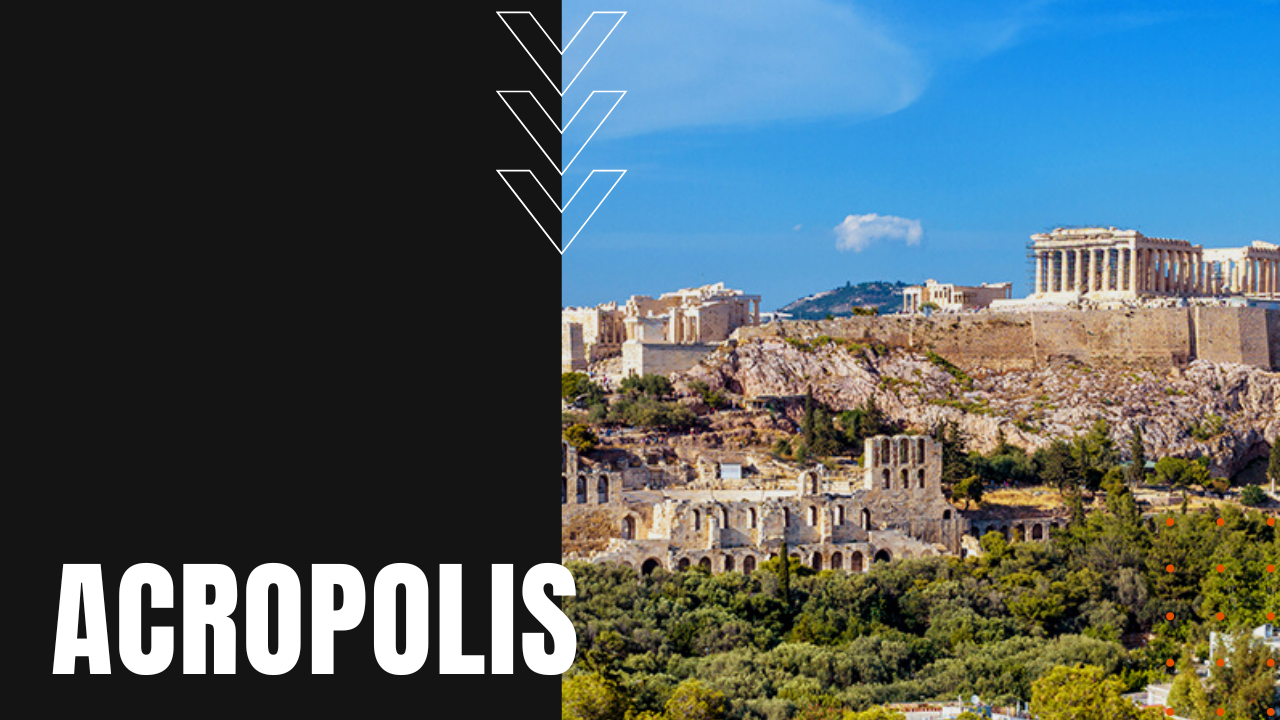The Acropolis of Athens

Translated as the “high city” from the Greek, the Acropolis of Athens consists of four hills on the Attica plateau of Greece—a high-ground landmark that has been occupied by humans for thousands of years, beginning with the ancient Mycenaeans during the late Bronze Age.
Temple of The Gods
Years later, during the sixth century B.C., the Athenians built a Doric limestone tribute to the goddess Athena known as Bluebeard Temple, followed by a second temple dedicated to Artemis Brauronia (Brew ronia), the goddess of expectant mothers in Greek mythology.
Surviving the Greek Dark Ages from 800 to 480 B.C., after invading Persians destroyed Bluebeard Temple, the Athenians began construction on the Old Parthenon, until a second attack by the Persians destroyed nearly every structure atop the Acropolis, prompting Athenians to bury all remaining sculptures inside nearby caves.
Rebuilding The Acropolis
During the Golden Age of Athens from 460 to 430 B.C., Athenian ruler Pericles set out to elevate the Acropolis to a new level of splendor never seen before, setting in motion a 50-year construction project under the direction of well-known architects Callicrates and Ictinus, as well as the renowned sculptor, Phidias.
Construction continued even after the ruler’s death, resulting in the Propylaea or grand entryway, the Temple of Athena Nike, the Ionic temple Erechtheion, the statue of Athena Promachos and the enormous Doric-style Parthenon.
Following the Greek War of Independence in 1822, the Acropolis has witnessed near-perpetual restoration efforts, after years of foreign invaders used the structures as mosques, Christian churches and munition storage facilities, the later resulting in heavy bombardment and destruction by the Venetians in 1687.
Today, some two and a half million tourists visit the site on an annual basis, making the Acropolis, an enduring look-back into the storied world of ancient Greece.
